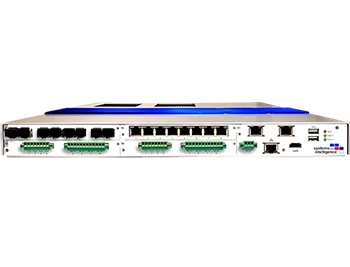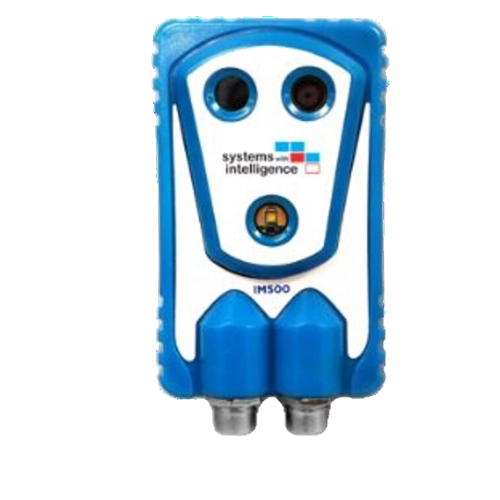
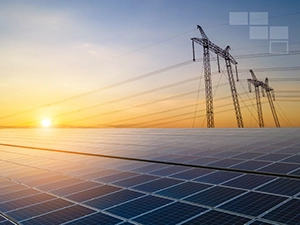
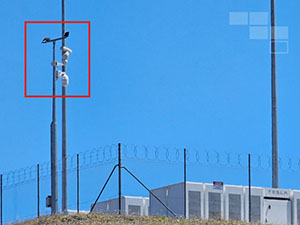
This empowers operators with real-time visibility into asset performance and operational status, all from centralized locations. This capability reduces the need for on-site inspections, cutting costs and minimizing risks associated with travel to remote and hazardous areas. By continuously gathering data, operators can make informed decisions swiftly, improving both efficiency and reliability across wind, solar, and battery storage systems.
Ensure operators are immediately notified of anomalies, enabling proactive responses to potential issues. These alerts are customized to detect critical conditions such as overheating in wind turbines, electrical faults in solar systems, or thermal irregularities in battery storage. With early warnings, maintenance teams can intervene promptly, preventing minor issues from escalating into costly repairs or system downtime.
Enable seamless compatibility between monitoring solutions and existing SCADA or asset management systems. This unified operational approach consolidates data streams, offering operators a comprehensive view of all renewable energy assets. By harmonizing performance metrics across wind, solar, and battery storage systems, utilities can streamline maintenance processes, optimize resource allocation, and enhance overall operational efficiency.
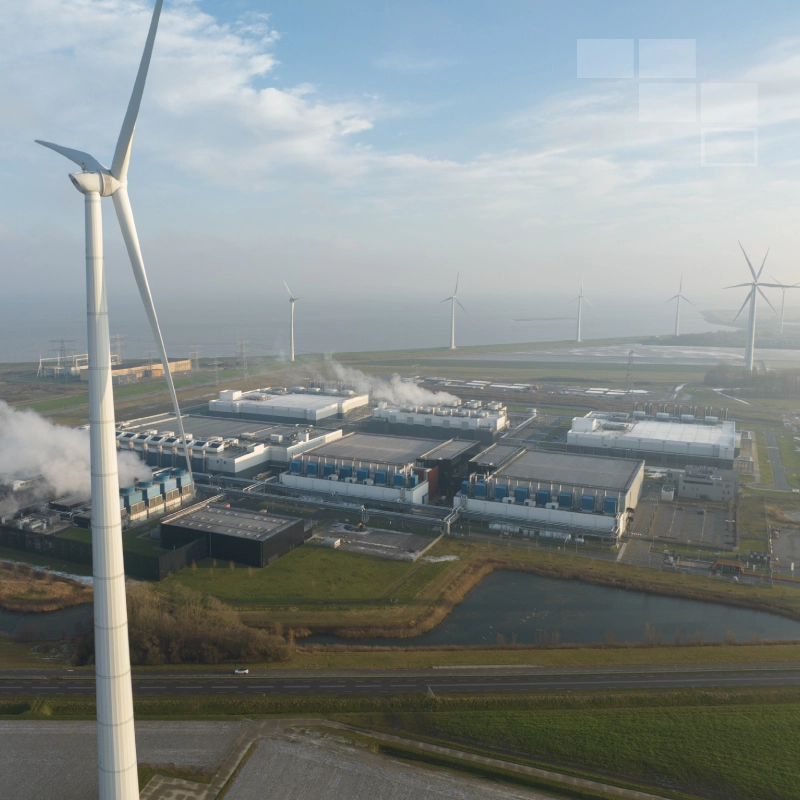
Despite the advantages and obvious need to shift toward renewable energy, introducing new generating sources also introduces more complexity.
Utilities now have a mixture of traditional (hydro, nuclear, and fossil–fuel) generating assets and new technologies (wind, solar, and others) that have completely different behaviours.
Given this added complexity, utilities need to shift away from traditional, scheduled maintenance. Instead of relying on expensive truck rolls and frequent physical inspections, thermal and visual sensors allow utilities to conduct remote monitoring of high-value and critical assets throughout the electrical grid.
With continuous, 24/7 data, utilities can detect potential issues and diagnose the cause before a catastrophic failure occurs. Repairs and inspections can be prioritized based on the severity of the issue, ensuring technical resources are deployed efficiently.
An automated visual and thermal inspection system inside the HVDC converter hall will monitor the equipment continuously without having to take an outage and will not miss transient problems or problems that occur in between manual, periodic inspections.
The monitoring system sends temperature data and images to a standalone visualization software or may be integrated with the utility's SCADA or asset management application for further analysis, trending and health indexing. Any temperature-related anomalies that the monitoring system detects will be sent as alarms to the SCADA system or to email so operators can investigate and take corrective maintenance actions.


Battery energy storage systems enable the transition toward renewable energy and help utilities reduce greenhouse gas emissions while meeting rising electricity demand.
Touchless™ Monitoring solutions leverage utility-grade visual & thermal sensors to provide utilities with continuous, 24/7 monitoring of high-value and critical BESS assets.
With continuous monitoring, utilities can take a proactive approach to maintenance and repairs that mitigates the risk of failure. Once deployed, utilities can transition away from time-based physical inspections and toward a Condition-Based Maintenance strategy.
Consider the maintenance requirements for wind turbines. It’s not a simple task to dispatch a technician to conduct an inspection. They need special training to work at heights and must be familiar with both the internal and external components of the turbine.
As a result, a single turbine can take hours to inspect, and with larger wind farms having tens or hundreds of turbines, this quickly becomes unsustainable. In the same way, large solar farms spread across wide geographic areas require a significant ongoing effort to maintain and repair.
Utilities can deploy sensors to monitor the condition of wind turbines without sending technicians into difficult and hazardous environments.
With continuous, 24/7 data, utilities can detect potential issues and diagnose the cause before a catastrophic failure occurs. Repairs can then be prioritized based on the severity of the issue, ensuring technical resources are deployed efficiently and enhancing the overall reliability of the grid.
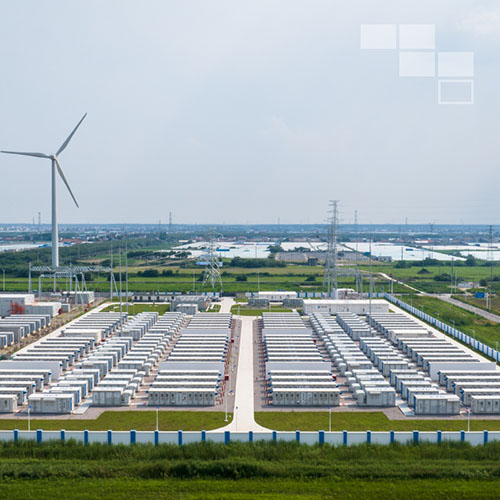
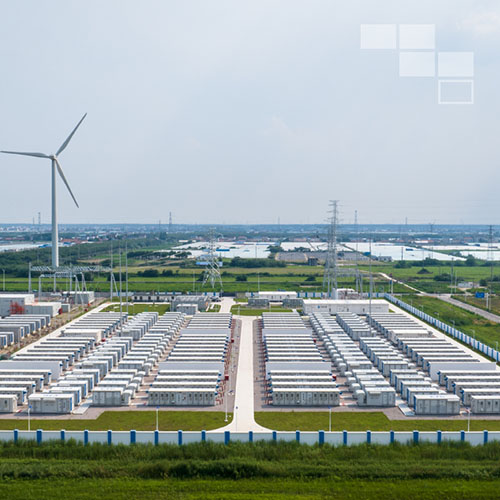
To protect assets, some utilities may engage with a traditional security company. However, many of these companies are unfamiliar with both the utility industry and the specifics of the environment. They don’t know what it is, cannot explain the situation to law enforcement, and do not speak the same language as the utility. When a security incident occurs, this lack of understanding can make the situation worse.
Instead, utilities can leverage the capabilities of a specialized Asset Monitoring Service. By integrating directly with utility-grade sensors, they experience 24/7 security monitoring of assets.



